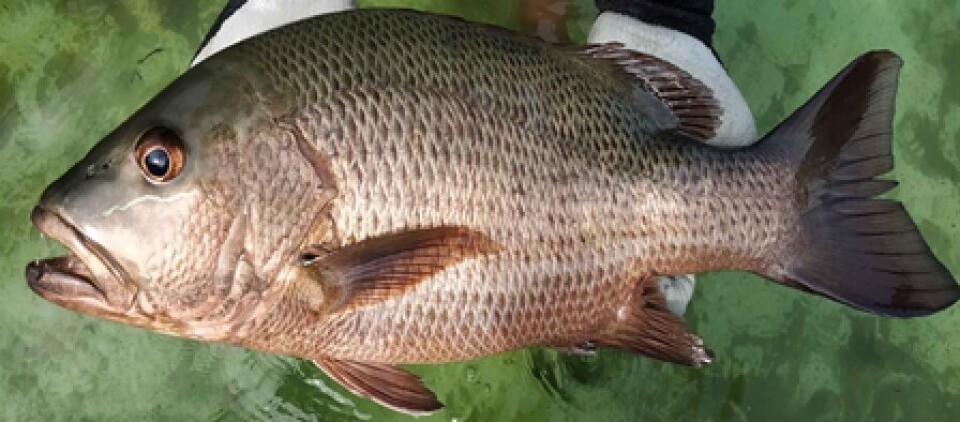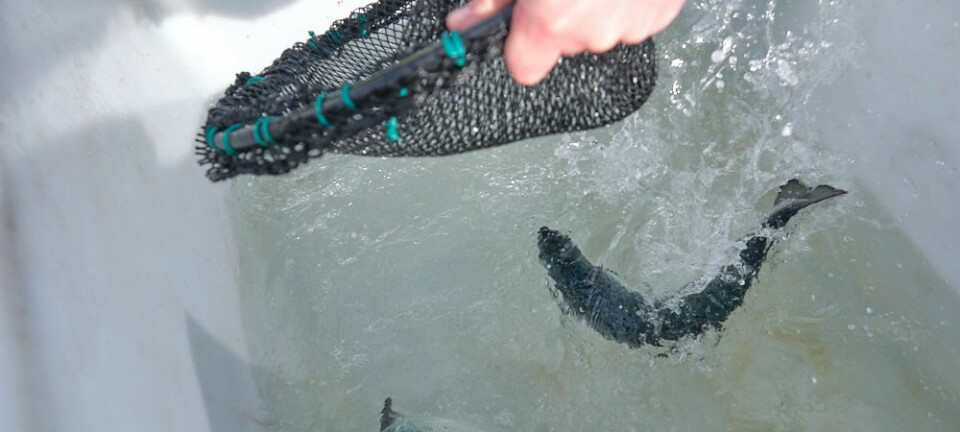
Improved supply set to boost red snapper farming in India
Brackishwater aquaculture experts in India have announced a successful breakthrough in captive breeding of Mangrove Red Snapper, a high value fish, for the first time in the country.
Red snapper fetches between 400 and 600 rupees (£3.88 to £5.82) per kilo and can grow to a marketable size of 300-500g in fewer than six months, and 1kg in six to eight months, making it an attractive fish to farm. But red snapper farming in India has been limited by the lack of consistent availability of quality fingerlings for stocking in nursery and grow-out systems.
The Indian Council of Agricultural Research’s Central Institute of Brackishwater Aquaculture (ICAR-CIBA) has been working since 2016 to develop a complete hatchery technology for red snapper including broodstock development, captive maturation, induced breeding and larvae, and has now succeeded in securing consistent results.
More options
CIBA has previously developed hatchery technology for sea bass, milkfish and grey mullet.
“With this achievement, the CIBA has introduced one more candidate species for brackishwater aquaculture diversification and sustainability,” said Dr K K Vijayan, director of CIBA. “Now, the fish farmers have diversified options to choose their candidate species for aquaculture. The feat will help increase the domestic production through brackishwater aquaculture in the country.”
The first batch of fingerlings bred by CIBA was distributed to selected fish farmers from Tamil Nadu and Kerala.
“The farmers will grow the fingerlings at their respective farms and will return the selected broodstock to the CIBA on a buy-back mode for further breeding in the hatchery,” said Dr. M Kailasam, who led the team of researchers to develop the technology.
He hopes that private players will come forward to adopt this hatchery technology so that fingerling production can be scaled up.























































